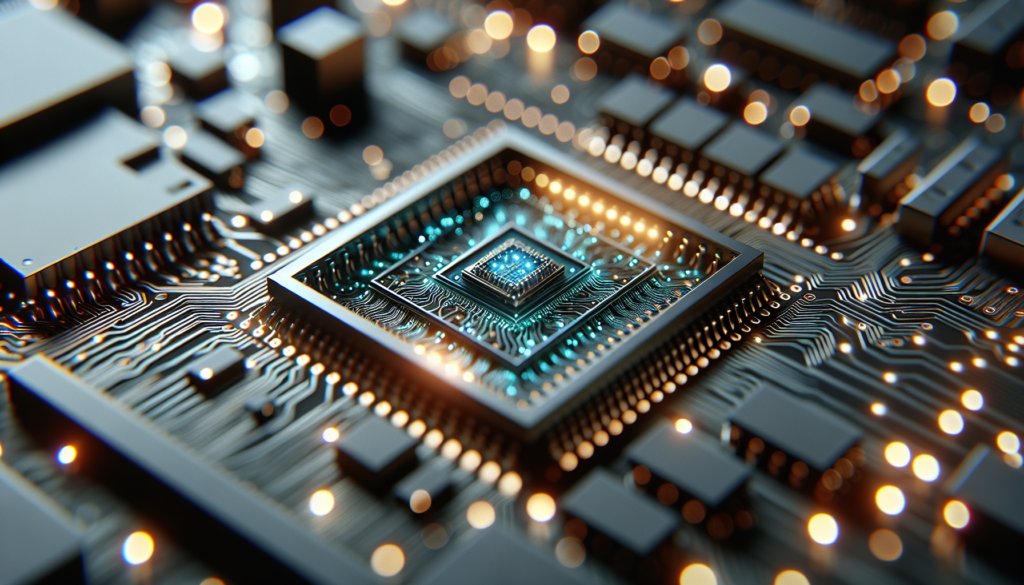As technology continues to advance at a rapid pace, one of the most intriguing developments in recent years is the creation of neuromorphic semiconductor chips. These chips are designed to mimic the neural structures and functions of the human brain, offering unprecedented capabilities in terms of self-learning and self-correcting abilities. This article delves into the fascinating world of neuromorphic chip development, exploring its scientific underpinnings, potential applications, and the future it promises for technology.
Introduction to Neuromorphic Computing
The field of neuromorphic computing aims to develop computer chips that operate similarly to biological neural networks. Unlike traditional processors, which perform operations sequentially, neuromorphic chips can process information in parallel, leading to significant advancements in speed and efficiency. This technology is poised to revolutionize artificial intelligence by enabling machines to learn from their environments in real-time.
Scientific Foundations
The development of neuromorphic chips is grounded in the principles of neuroscience and electrical engineering. By studying how neurons communicate through synapses, scientists have been able to design circuits that emulate these biological processes. This approach not only enhances computational power but also reduces energy consumption, making neuromorphic chips a sustainable alternative to conventional processors.
Self-Learning Capabilities
One of the standout features of neuromorphic chips is their ability to self-learn. These chips can adapt to new information without requiring explicit programming, thanks to their inherent plasticity. This capability opens up a plethora of possibilities for machine learning applications, from autonomous vehicles to personalized healthcare solutions.
Self-Correcting Mechanisms
In addition to self-learning, neuromorphic chips possess self-correcting mechanisms that enhance their reliability and accuracy. By continuously monitoring their own performance and making adjustments as needed, these chips can maintain optimal functionality even in the face of unexpected challenges or errors.
Applications Across Industries
The versatility of neuromorphic technology makes it applicable across various industries. In robotics, it can lead to more intuitive and responsive machines. In finance, it can improve predictive analytics for market trends. The healthcare sector could benefit from enhanced diagnostic tools capable of learning from patient data.
Challenges and Limitations
Despite its promise, neuromorphic computing faces several challenges. One major hurdle is the complexity involved in designing these chips to accurately replicate neural behavior. Additionally, there are concerns about scalability and integration with existing technology infrastructures.
The Future of Neuromorphic Technology
Looking ahead, the potential for neuromorphic chips is immense. As research progresses, we can expect more sophisticated models that push the boundaries of artificial intelligence. The development of these chips could lead to breakthroughs in how machines interact with their environments and make decisions.
Conclusion
In conclusion, the advancement of neuromorphic semiconductor chips represents a significant leap forward in computing technology. With their self-learning and self-correcting capabilities, these chips offer exciting possibilities for the future. For those interested in exploring this cutting-edge technology further, SynconAI provides both implementation services and expert consultation to help businesses leverage neuromorphic computing’s full potential.



